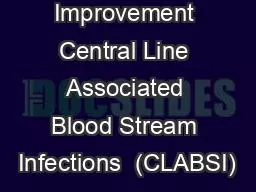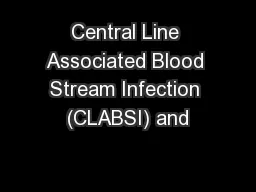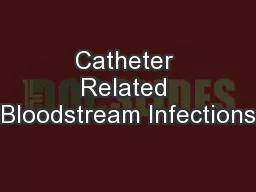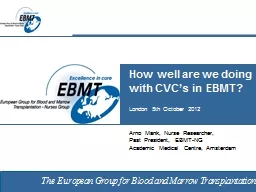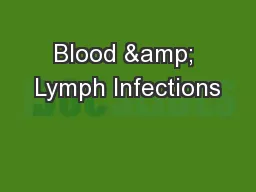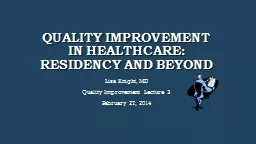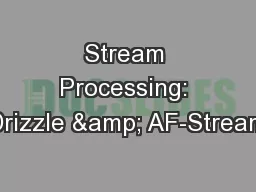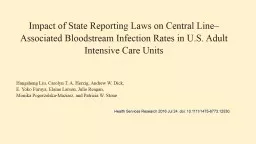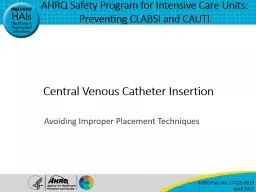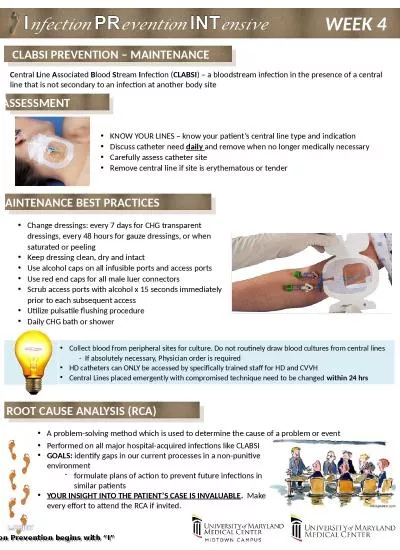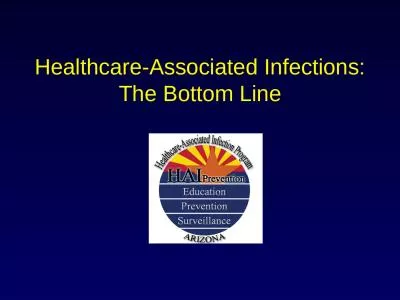PPT-Journey to Improvement Central Line Associated Blood Stream Infections (CLABSI)
Author : eatfuzzy | Published Date : 2020-06-26
NHSN Methodology National Healthcare Safety Network 2005 All blood cultures reviewed Line Present Known pathogen No other source of infection Common skin contaminant
Presentation Embed Code
Download Presentation
Download Presentation The PPT/PDF document "Journey to Improvement Central Line Asso..." is the property of its rightful owner. Permission is granted to download and print the materials on this website for personal, non-commercial use only, and to display it on your personal computer provided you do not modify the materials and that you retain all copyright notices contained in the materials. By downloading content from our website, you accept the terms of this agreement.
Journey to Improvement Central Line Associated Blood Stream Infections (CLABSI): Transcript
Download Rules Of Document
"Journey to Improvement Central Line Associated Blood Stream Infections (CLABSI)"The content belongs to its owner. You may download and print it for personal use, without modification, and keep all copyright notices. By downloading, you agree to these terms.
Related Documents

